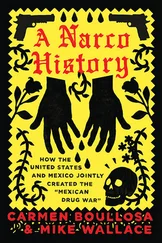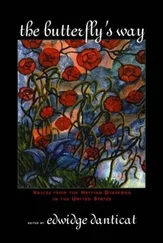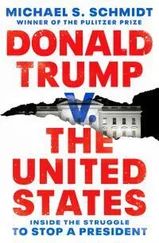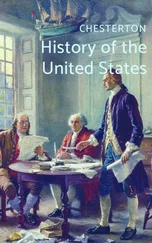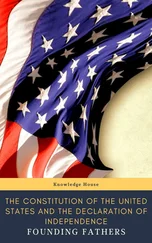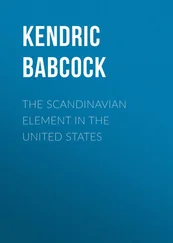Thomas Jefferson - The Declaration of Independence of the United States of America
Здесь есть возможность читать онлайн «Thomas Jefferson - The Declaration of Independence of the United States of America» — ознакомительный отрывок электронной книги совершенно бесплатно, а после прочтения отрывка купить полную версию. В некоторых случаях можно слушать аудио, скачать через торрент в формате fb2 и присутствует краткое содержание. Жанр: unrecognised, на английском языке. Описание произведения, (предисловие) а так же отзывы посетителей доступны на портале библиотеки ЛибКат.
- Название:The Declaration of Independence of the United States of America
- Автор:
- Жанр:
- Год:неизвестен
- ISBN:нет данных
- Рейтинг книги:3 / 5. Голосов: 1
-
Избранное:Добавить в избранное
- Отзывы:
-
Ваша оценка:
The Declaration of Independence of the United States of America: краткое содержание, описание и аннотация
Предлагаем к чтению аннотацию, описание, краткое содержание или предисловие (зависит от того, что написал сам автор книги «The Declaration of Independence of the United States of America»). Если вы не нашли необходимую информацию о книге — напишите в комментариях, мы постараемся отыскать её.
Adams persuaded the committee to select Thomas Jefferson to compose the original draft of the document, which Congress would edit to produce the final version. The Declaration was ultimately a formal explanation of why Congress had voted on July 2 to declare independence from Great Britain, more than a year after the outbreak of the American Revolutionary War. The national birthday, Independence Day, is celebrated on July 4, although Adams wanted July 2.
After ratifying the text on July 4, Congress issued the Declaration of Independence in several forms. It was initially published as the printed Dunlap broadside that was widely distributed and read to the public. The source copy used for this printing has been lost, and may have been a copy in Thomas Jefferson's hand. Jefferson's original draft, complete with changes made by John Adams and Benjamin Franklin, and Jefferson's notes of changes made by Congress, are preserved at the Library of Congress. The most famous version of the Declaration, a signed copy that is popularly regarded as the official document, is displayed at the National Archives in Washington, D.C. This engrossed copy was ordered by Congress on July 19, and signed primarily on August 2.
The sources and interpretation of the Declaration have been the subject of much scholarly inquiry. The Declaration justified the independence of the United States by listing colonial grievances against King George III, and by asserting certain natural and legal rights, including a right of revolution. Having served its original purpose in announcing independence, references to the text of the Declaration were few for the next four score years. Abraham Lincoln made it the centerpiece of his rhetoric (as in the Gettysburg Address of 1863), and his policies. Since then, it has become a well-known statement on human rights, particularly its second sentence:
We hold these truths to be self-evident, that all men are created equal, that they are endowed by their Creator with certain unalienable Rights, that among these are Life, Liberty and the pursuit of Happiness.
This has been called «one of the best-known sentences in the English language», containing «the most potent and consequential words in American history». The passage came to represent a moral standard to which the United States should strive. This view was notably promoted by Abraham Lincoln, who considered the Declaration to be the foundation of his political philosophy, and argued that the Declaration is a statement of principles through which the United States Constitution should be interpreted.
It provided inspiration to numerous national declarations of independence throughout the world. Historian David Armitage, after examining the influence of the American «Declaration» on over 100 other declarations of independence, says:
The American Revolution was the first outbreak of the contagion of sovereignty that has swept the world in the centuries since 1776. Its influence spread first to the Low Countries and then to the Caribbean, Spanish America, the Balkans, West Africa, and Central Europe in the decades up to 1848. Declarations of independence were among the primary symptoms of this contagion of sovereignty.

